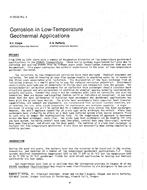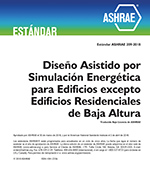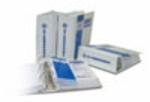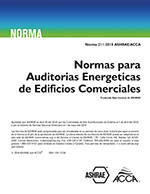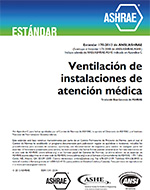Description
From 1948 to 1954 there were a number of documented histories of low temperature geothermal applications in the ASHRAE Transactions. These early systems experienced failures due to corrosion and scaling within five to fifteen years after installation (corrosion that was not documented). This paper addresses the authors’ experiences in the area of low-temperature geothermal corrosion.
Two solutions to low-temperature corrosion have been employed: Chemical treatment and isolation. The cost of treating an open flow system results in operating costs far in excess of the first cost associated with isolation. The degradation of the heat exchange from an isolation process is a small penalty to pay for reduced corrosion potential. Government restrictions preclude use of chemicals in fluids that are reinjected into the ground. The design/material selection procedure for an isolation heat exchanger should consider both dissolved gasses and microorganisms in addition to chemical species normally considered for potable analysis . Potabi1ity should not be confused with lack of corrosion and scaling tendencies. When are Ryznar and Langelier indices valid as indicators of corrosion? It has been shown that the best performance in isolation heat exchangers for geothermal applications has been with the plate type design. The plate heat exchangers have superior heat transfer capabilities, are compact and expandable, are manufactured from corrosion resistant materials, are of relatively low cost, offer simple disassembly for maintenance, and multiplex capability. A slight increase in energy use will be noted due to a temperature drop across the heat exchanger. However, the small approach capability of plate type units minimizes the effect. Plate heat exchangers have virtually no effect on wheat pump centered system since source resource fluid is used only to temper the heating/cooling loop. As the temperature of approach is decreased across the heat exchanger, costs rise. The plate type heat exchangers can be readily fit into any type system, including central heat pump (two-pipe), central heat pump (four-pipe), terminal heat pump (two-pipe), and direct use (no heat pump). The addition of a plate heat exchanger to isolate the low-temperature geothermal fluid does not necessarily mean adding complexity to existing systems.
Units: Dual
Citation: Symposium, ASHRAE Transactions, 1985, vol. 91, pt. 2B, Honolulu, HI
Product Details
- Published:
- 1985
- Number of Pages:
- 11
- File Size:
- 1 file , 770 KB
- Product Code(s):
- D-HI-85-02-3
